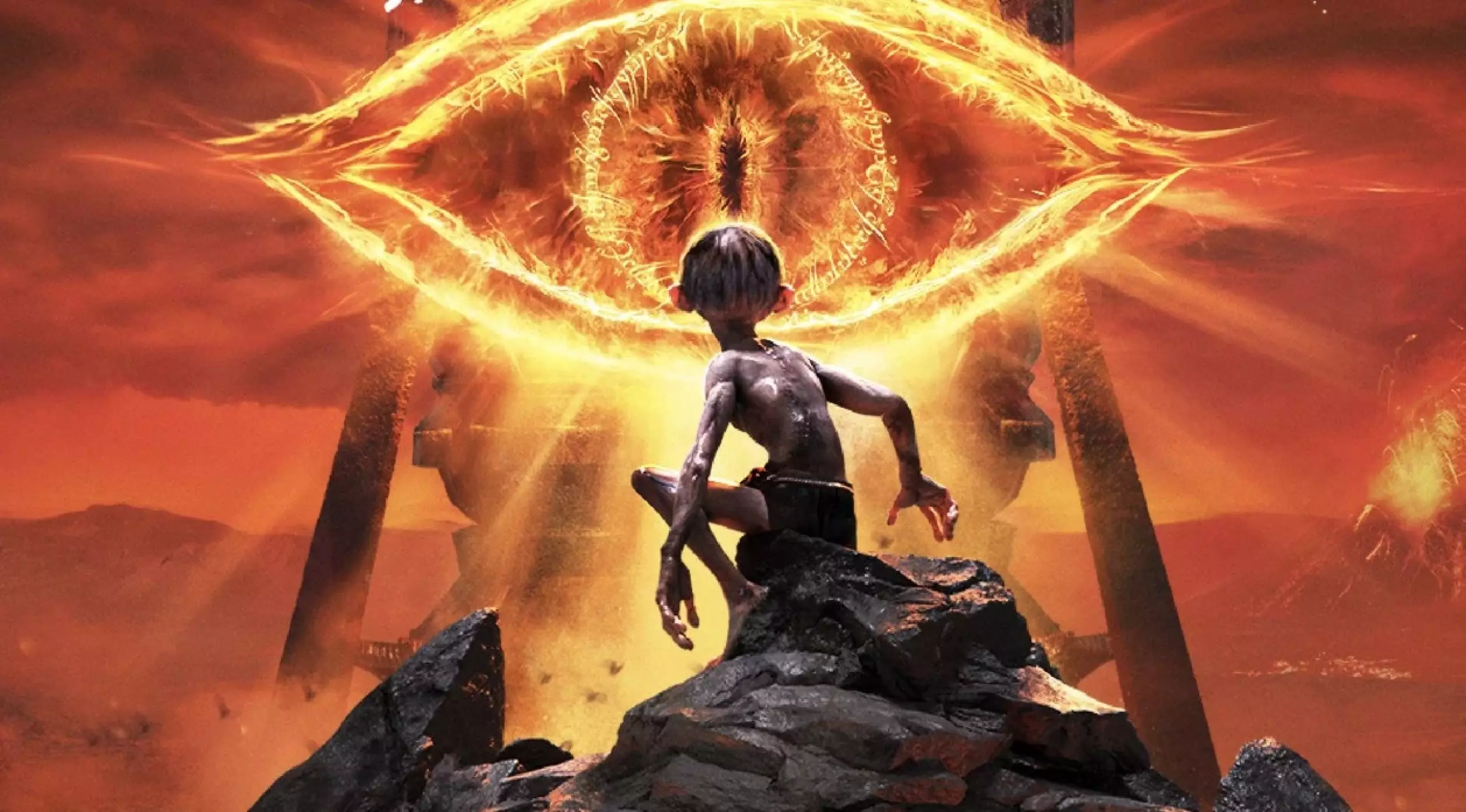J.R.R. Tolkien’s Middle-earth is arguably the most iconic fantasy setting in literature and film. Its sprawling landscapes, rich history, and epic conflicts provide an ideal canvas for interactive storytelling. Yet, when it comes to translating this universe into video games, developers have consistently stumbled — hindered by poor design choices, superficial execution, and an inability to capture the essence that makes Middle-earth compelling. The recent failures serve as cautionary tales, revealing deeper issues about expectations, genre mismatches, and the importance of understanding what truly resonates with players.
At its core, Middle-earth’s greatest strength lies in its grandeur and depth. The world is filled with heroism, tragedy, and a sense of history that invites players into a living, breathing universe. Video games, with their interactive nature, should harness this richness, offering players opportunities to partake in its stories, explore its beauty, and embody its heroes. But too often, developers have approached Middle-earth as a quick licensing opportunity rather than a universe demanding respect and genuine craftsmanship. The result: projects that feel superficial, hollow, or disconnected from the soul of Tolkien’s creation.
The Catastrophic Pitfalls of Mismatched Design Choices
The failure of “The Lord of the Rings: Gollum” exemplifies how misguided focus and poor execution can tarnish even the most beloved IP. Instead of delivering an immersive experience that allows players to understand Gollum’s tortured psyche or provide a compelling stealth-action gameplay loop, the game forced players into the role of a weak, unlikable character in stark, monotonous environments. The core concept—emphasizing Gollum’s internal conflict—was rendered ineffective through shallow gameplay mechanics and technical incompetence. The AI was laughably simple, the platforming imprecise, and bugs rampant. It was a game that looked like a broken relic from an era when innovation wasn’t a priority.
In contrast, “Tales of the Shire” aimed for a different audience: fans who seek relaxation and comfort. It sought to emulate popular cozy games like Stardew Valley or Animal Crossing, crafting a tranquil life simulation set in Hobbiton. While the concept had its charm, the execution failed to match the depth or engagement required by the genre. The activities—fishing, gardening, socializing—felt superficial, and the game was marred by technical issues, particularly on the Switch. It became a shallow homage that lacked the meaningful interactions and progression systems needed to sustain long-term interest.
Both games reveal that simply attaching a beloved universe to a genre is insufficient. For Middle-earth to thrive in gaming, developers must grasp that different players seek different experiences. A stealth game demands precision and tension; a cozy simulation needs depth and meaningful systems. Shallow attempts not only frustrate players but diminish the integrity of Tolkien’s world.
The Myth of a Homogeneous Gaming Audience
A critical mistake made by many developers is assuming “the gamer” is a monolith with single tastes. In reality, the gaming community is a kaleidoscope of diverse preferences—hardcore RPG fans, lore enthusiasts, casual players, and genre-specific aficionados. Middle-earth, with its vast lore and tonal range, cannot be shoehorned into a one-size-fits-all mold.
Attempting to cater to every taste simultaneously often results in compromised projects. For example, a game focusing on stealth mechanics will appeal to a different subset than one emphasizing peaceful life simulation. When companies try to straddle genres without clarity or depth, they often end up disappointing across the board. The audience’s expectations are either unmet or diluted, leading to a sense of betrayal or disinterest.
Effective adaptation requires honest assessment of what aspect of Middle-earth one wishes to explore. Is it the adventure, the hero’s journey, or the peaceful simplicity of Hobbiton? Each avenue demands different design principles. Ignoring this essential nuance results in shallow, forgettable experiences that cannot honor the universe’s potential.
Lessons for Future Middle-earth Games
The path forward must be deliberate. Developers need to decide whether they want to craft epic, large-scale adventures or niche, highly detailed experiences. Both options have merit, but attempting to do both poorly is a recipe for disaster.
If ambition is grand storytelling and spectacle, then invest heavily in narrative, world-building, and high-quality visuals. The “Amazon Prime” approach — producing expansive, cinematic experiences — aligns with Tolkien’s epic scope. But even then, gameplay mechanics must support immersion, not detract from it.
Conversely, for niche projects like cozy life sims, the focus should be on deep, engaging mechanics. Games like Stardew Valley succeed because they go beyond superficial chores; they embed meaningful relationships, progression, and player agency into every activity. Middle-earth, with its rich culture, should offer similar layers of complexity, whether in crafting, exploration, or social interaction.
Ultimately, the mistake has been undervaluing the importance of aligning genre mechanics with the universe’s tone. Middle-earth is neither a shallow platformer nor a forgettable farm sim; it is a complex tapestry that deserves thoughtful craftsmanship and a genuine understanding of what makes it special. Developers must resist the temptation of quick cash-in, instead choosing to create experiences that honor Tolkien’s world—and, in doing so, unlock its true gaming potential.

